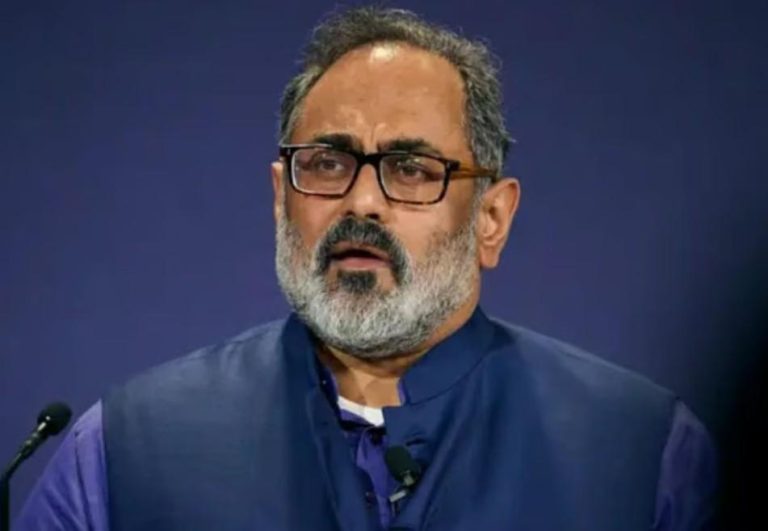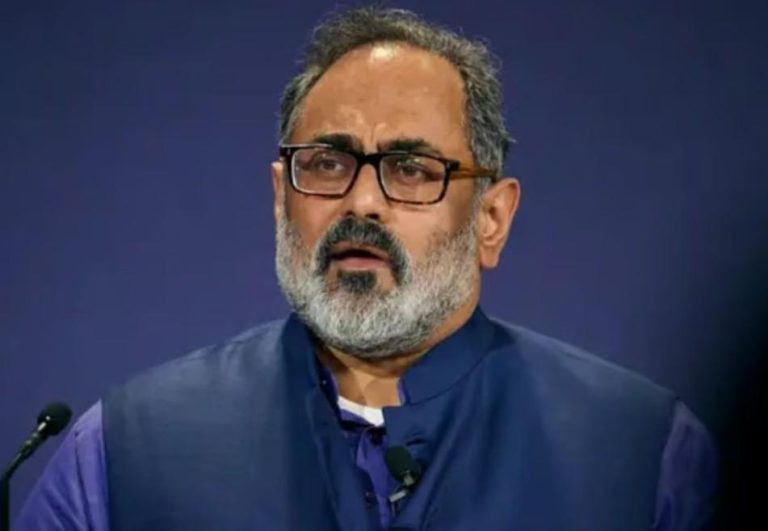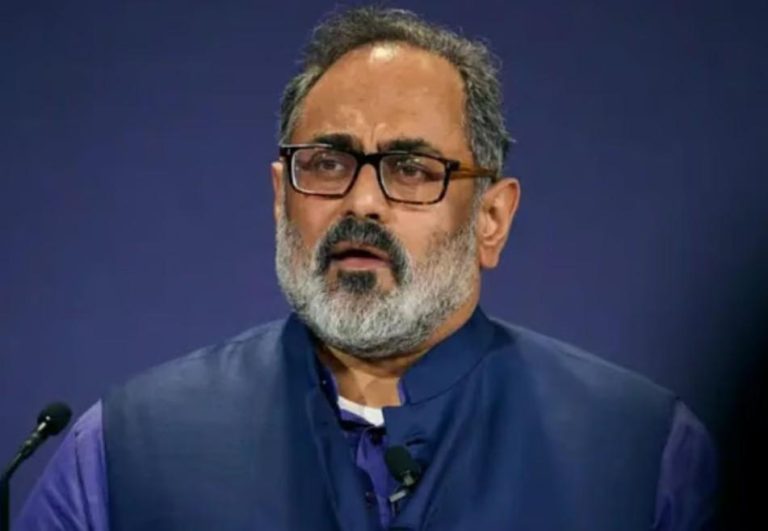
Title: AAP’s Average Victory Margin was Higher than BJP’s in Delhi Polls
The recent Delhi Assembly polls saw the Aam Aadmi Party (AAP) emerge victorious, winning 22 seats in the 70-member Assembly. However, what’s more intriguing is that AAP recorded a higher average winning margin than the Bharatiya Janata Party (BJP), which won 48 seats. According to an analysis by the Indian Express, AAP’s average victory margin was 17,054 votes, while BJP’s average winning margin was 14,725 votes.
This development is significant, as it highlights the growing popularity of AAP among Delhi’s voters. Despite losing more seats than AAP, BJP’s average victory margin was lower, indicating that the party’s victories were not as decisive as AAP’s. This trend holds true across various demographics, including Muslims, rural and urban seats.
AAP’s strong performance in seats with significant Muslim populations is worth noting. In Muslim-majority constituencies, AAP’s average victory margin was 24,444 votes, while BJP’s was 16,111 votes. AAP’s victory margin was also higher in rural seats, where it averaged 18,441 votes, compared to BJP’s 14,441 votes.
However, there is one demographic where BJP’s average victory margin was higher: SC (Scheduled Caste) seats. In SC-dominated constituencies, BJP’s average winning margin was 21,333 votes, while AAP’s was 12,667 votes. This could be attributed to the party’s strong organizational network in SC communities, as well as its efforts to woo SC voters through targeted policies and outreach programs.
AAP’s higher average victory margin in Muslim and rural seats is a testament to its strong grassroots presence in these areas. The party’s focus on issues like healthcare, education, and women’s empowerment has resonated with voters in these communities, who have traditionally been loyal to AAP.
Moreover, AAP’s victory margin in urban seats, where it averaged 15,385 votes, is also noteworthy. This suggests that the party’s message of inclusive governance and transparency is appealing to voters across different socioeconomic backgrounds.
BJP’s lower average victory margin, on the other hand, could be attributed to its struggles in urban areas, where AAP has traditionally been strong. The party’s focus on issues like national security, economic growth, and Hindutva has not been able to resonate with voters in urban areas, who are more concerned with issues like air and water pollution, healthcare, and education.
The implications of AAP’s higher average victory margin are significant. It suggests that the party is not just winning seats due to the absence of a strong Opposition, but is actually building a strong following among Delhi’s voters. This could have long-term consequences for the party’s electoral prospects, particularly in the 2024 Lok Sabha elections.
In conclusion, AAP’s average victory margin in the Delhi Assembly polls is a significant development that underscores the party’s growing popularity and electoral appeal. While BJP may have won more seats, AAP’s victories were more decisive, indicating a strong grassroots presence and a growing following among Delhi’s voters. As the party looks to build on this momentum, it is clear that AAP is a force to be reckoned with in Indian politics.




